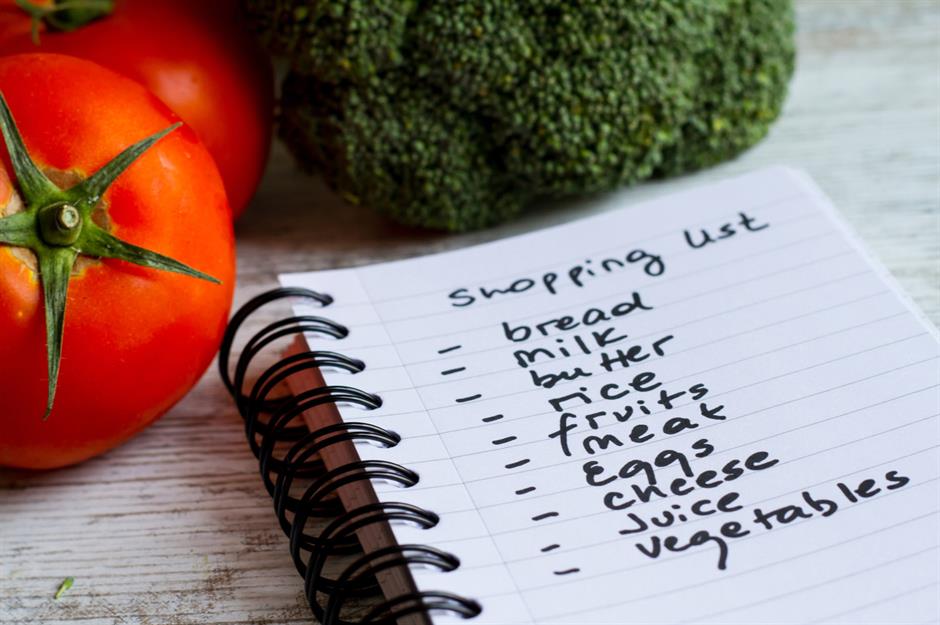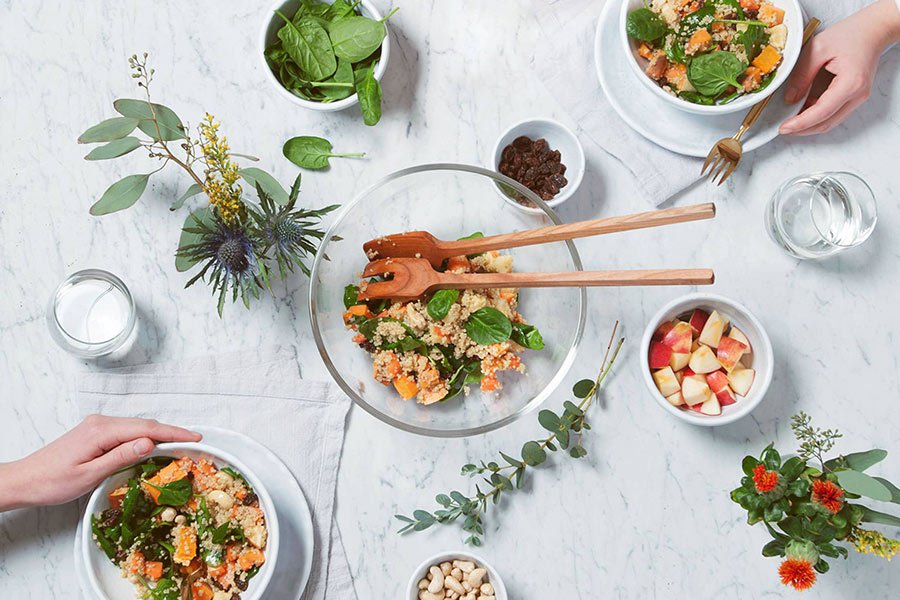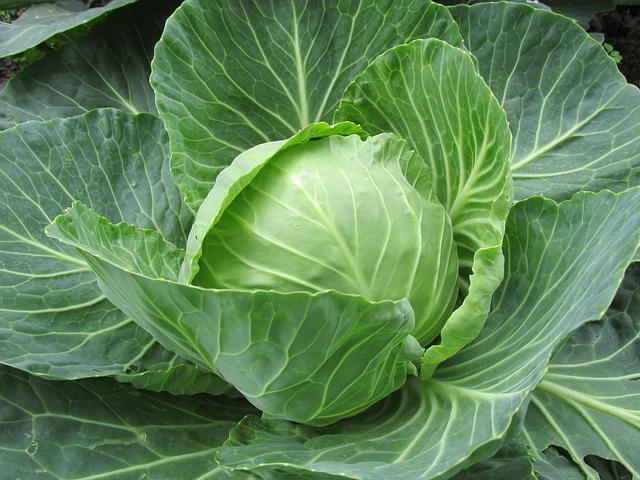
If you are passionate about cooking, then you have probably tried to learn advanced cooking techniques. French and Chinese techniques are familiar to you. But what about Japanese and Chinese methods of cooking? You will want to know the best poaching and steaming techniques. Continue reading to find out how these methods work, and why you should learn them. These techniques can be applied in everyday cooking. Don't forget about cookbooks that detail these cooking techniques.
French cooking techniques
French cooking has its roots in traditional techniques. French chefs have long been known to place everything in its proper place and cook everything slowly at low temperatures. Confit, which involves slow cooking different foods in fat and low heat, is also known. Similar to the previous method, they also use alcohol as sauces. Flambeing is a common ingredient in desserts. But, you can pour the alcohol over the food while it is still heating to add flavor.
Chinese cooking techniques
You can make Chinese food more delicious by using complex techniques. Stir-frying is one such technique. This involves heating oil in an open wok. Stir-frying involves quickly stirring the food until it achieves the desired texture. This method works best for small ingredients like vegetables and noodles. Chinese cuisine offers many different cooking methods, including stir-frying.

French technique of steaming
Steaming can be described as a method for cooking that circulates hot air around food. The heat retains all the nutrients and does not add fat. Because steam has more heat that boiling water, it's gentle and ideal for delicate foods. It is quick and easy to cook food this way, with no loss of nutrients or natural color. This method is a delight for fruits and vegetables, as the French are long-standing masters.
Japanese poaching technique
The Japanese have perfected the art of slow-cooked fish, and the technique of poaching is becoming more popular worldwide. This involves vacuum-sealing the food in a bag and slowly heating it at low temperature. This creates uniform texture and removes all aromatics. Here's how you can poach salmon Japanese style.
Vietnamese technique of boiling
The traditional Vietnamese method of boiling rice can be a simple, yet highly effective method. The method is based on steaming food in bamboo or metal trays. The benefits of this method include the preservation of the nutrients in the food and the absence of oil. It can be used in the preparation of seafood and sticky. It is especially useful for developing countries' most vulnerable populations, who are dependent on poor water supply. It is important to take some precautions.

FAQ
How Long Does It Take to Be a Chef? What is the average career path?
A chef's career takes about five years. During this time, you will study basic cooking techniques and gain experience working as a kitchen assistant. You can apply for line, sous or executive chef positions after you complete your training. The salary range for a chef is between $25,000 to $60,000 per annum.
What's the difference between a professional chef and an amateur cook?
A chef prepares food for other people. A cook prepares the food for oneself. A chef, on the other hand, works directly with customers. This means they may have to decide what to serve guests based on their preferences. A cook doesn't need to interact with clients. He or she makes sure that the food is delicious before serving it.
How do I get hired as chef?
The first step toward getting a job as a chef is to complete a culinary arts degree. The next step is to join a professional association like the American Culinary Federation. This association offers certification exams as well as networking opportunities.
Do I require any special equipment?
To learn to cook, you don’t need to have any special equipment. However, having the right tools can make cooking easier. For example, you could use a knife instead of a fork to eat pasta or a whisk instead of a hand mixer to whip egg whites into stiff peaks. You can make cooking more enjoyable and easier by having the right tools.
Where can I find free online cooking lessons?
Numerous websites offer free cooking lessons. YouTube has many videos that will show you how to cook different dishes. You can find thousands of recipes on certain websites. You will need to pay a monthly subscription, but you can still try the site for free for 30 day.
How can I be motivated to cook?
It's fun to cook for your friends and family. Cooking for yourself is much more enjoyable than cooking for others. Try something new if you want to feel motivated to cook. You will be able to learn new techniques and ingredients. To expand your culinary skills, you can also make use of recipes from other cultures.
Statistics
- You'll be amazed that over 90% of CIA students receive scholarships and grants to finish their culinary studies. (ischoolconnect.com)
- In the United States, the category is estimated at $23.2 billion annually and is growing faster than the market. (washingtonpost.com)
- The median pay for a chef or head cook is $53,380 per year or $25.66/hour, according to the U.S. Bureau of Labor Statistics (BLS). (learnhowtobecome.org)
External Links
How To
How to make a perfect omelet
Omelets are one of my favorite foods to eat at breakfast. How can you make them perfectly? There are many recipes and methods I tried, but none worked. Today, I'd like to share some tips with you in order to make delicious and fluffy omelets every day.
We should first know that eggs are very temperamental ingredients when making omelets. The eggs must be fresh from an organic source and kept at room temperature until they are ready to be cooked. The yolks and whites will not form properly if they aren't kept cold enough. This makes your omelets look weirdly colored. If you want to make omelets right away, it's best not to use eggs that are too cold.
Another tip is to separate each egg before adding them to the saucepan. You don't want any white to get mixed up with the yolk because this could cause the omelet to curdle.
You could end up burning the bottom half of the egg if the egg is added directly to the heat source. Instead, microwave the egg for 10 seconds before adding it to the pan. The microwave heat will cook the egg just right without making it too hot.
Next, let us talk about how to mix the eggs. Mix eggs well together. Turn the bowl upside down and grab the whisk to do this. Next, shake the bowl vigorously. This way, the air inside the bowl gets whipped around and mixes the egg thoroughly.
The fun part begins - you need to pour the milk into your mixture. First, pour half of the milk into the beaten eggs and then fold the eggs gently into the remaining milk. Do not worry if you see streaks of egg; they will disappear when the omelet is flipped.
After you have folded your eggs, heat up the oil on medium heat. Wait for it to get hot. When the oil is hot enough, add 1/4 cup butter to the pan. Stir it around until the butter covers the entire pan. Now carefully crack open the lid of the pan and sprinkle salt into the pan. The salt will help to prevent the omelet's sticking to the pan.
Once the omelet forms, cover the pan again. Let the top side set completely. Use a spatula to flip the omelet or turn the pan upside-down. Cook the other side for another minute or two. Remove the omelet from the pan and serve immediately.
This recipe is best made with whole milk. However, it can also be used with skimmed milk.